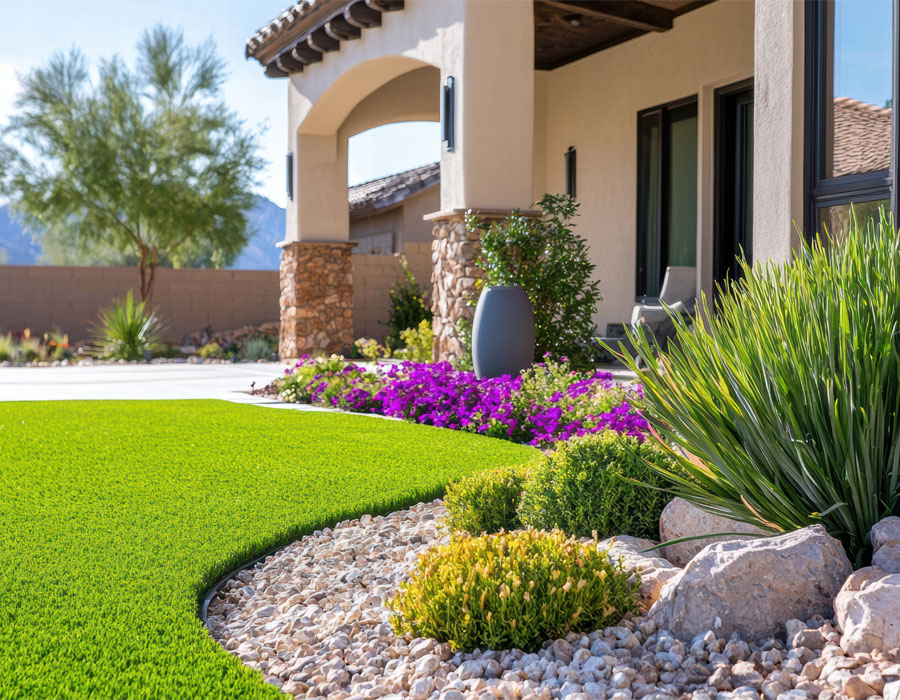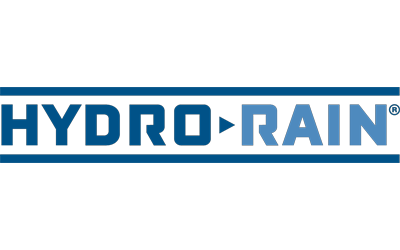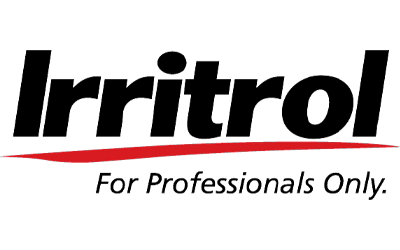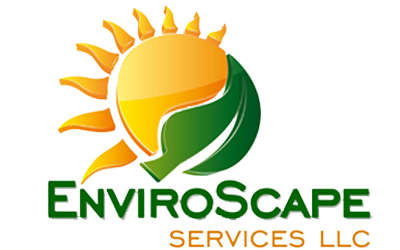Frequently Asked Questions
How to design and install drip irrigation system?
Designing and installing a drip irrigation system involves assessing your landscape's specific needs, selecting appropriate components, and strategically placing emitters and tubing to ensure efficient water delivery while minimizing waste.
How to design install mist irrigation?
Designing and installing mist irrigation involves assessing your landscape's specific watering needs, selecting appropriate misting heads, and strategically placing them to ensure even coverage while conserving water. Professional assistance can optimize the system's efficiency.
How do energy efficient irrigation solutions in Vail compare with traditional systems?
Energy efficient irrigation solutions in Vail offer significant advantages over traditional systems by using less water, reducing energy costs, and promoting healthier landscapes, making them a more sustainable choice for the region's unique climate.
What materials are best for drip irrigation?
The best materials for drip irrigation include durable polyethylene tubing, pressure-compensating emitters, and high-quality connectors. These materials ensure efficient water delivery and longevity, making them ideal for effective irrigation in desert landscapes.
How to maintain a drip irrigation system?
Maintaining a drip irrigation system involves regularly checking for clogs, ensuring emitters are functioning properly, adjusting the system for seasonal changes, and inspecting for leaks. Additionally, periodic flushing of the lines helps maintain optimal performance.
What are the benefits of mist irrigation?
The benefits of mist irrigation are numerous, including efficient water use, reduced evaporation, and enhanced humidity levels, which are particularly advantageous for delicate plants in arid environments. This system promotes healthier growth while conserving water resources.
How to troubleshoot mist irrigation issues?
Troubleshooting mist irrigation issues involves checking for clogs in the nozzles, ensuring proper water pressure, and adjusting the system's timing settings. Regular maintenance and inspection can help prevent these problems and ensure efficient water distribution.
What is the cost of installing drip irrigation?
The cost of installing drip irrigation varies based on system size and complexity. Typically, homeowners can expect to pay between $1,500 to $3,000 for a professionally installed system, ensuring efficient water use in desert landscapes.
How to optimize water usage in irrigation?
Optimizing water usage in irrigation involves implementing efficient systems such as drip irrigation, scheduling watering times based on weather conditions, and regularly maintaining equipment to prevent leaks and overwatering.
What plants benefit most from drip irrigation?
The plants that benefit most from drip irrigation include succulents, cacti, and other drought-tolerant species, as well as vegetables and fruit trees. This method delivers water directly to the root zone, promoting efficient water use and healthy growth in arid climates.
How to schedule irrigation for desert landscapes?
Scheduling irrigation for desert landscapes involves setting timers to water early in the morning or late in the evening, using efficient systems that deliver water directly to plant roots while considering seasonal weather patterns to optimize water usage.
What are common mistakes in irrigation design?
Common mistakes in irrigation design include improper zoning, inadequate water pressure, and neglecting soil types. These errors can lead to inefficient water use and unhealthy landscapes, making professional guidance essential for optimal results.
How to assess soil moisture for irrigation?
Assessing soil moisture for irrigation involves checking the moisture level in the soil to determine when to water. You can use a soil moisture meter or simply dig a small hole to feel the soil's dampness, ensuring optimal irrigation timing.
What features should a mist irrigation system have?
The features a mist irrigation system should have include adjustable nozzles for customizable coverage, a timer for efficient scheduling, a pressure regulator to maintain optimal water flow, and a filtration system to prevent clogging, ensuring effective and sustainable watering.
How to integrate smart technology in irrigation?
Integrating smart technology in irrigation involves using automated systems that utilize sensors, weather data, and mobile apps to optimize water usage. This ensures efficient watering schedules tailored to your landscape's specific needs, promoting health and sustainability.
What is the lifespan of drip irrigation systems?
The lifespan of drip irrigation systems typically ranges from 10 to 20 years, depending on the quality of materials used and maintenance practices. Regular upkeep can significantly extend their efficiency and longevity.
How to choose the right irrigation system?
Choosing the right irrigation system involves assessing your landscape's specific needs, considering factors like plant types, soil conditions, and water availability. Consulting with experts can ensure an efficient, tailored solution that conserves water while promoting healthy growth.
What are the environmental benefits of efficient irrigation?
The environmental benefits of efficient irrigation include reduced water waste, improved soil health, and enhanced plant growth while conserving precious water resources. This sustainable approach promotes healthier ecosystems and supports the preservation of desert landscapes.
How to convert traditional systems to efficient ones?
Converting traditional systems to efficient ones involves assessing your current irrigation setup, replacing outdated components with modern, water-saving technology, and implementing smart controllers that optimize water usage based on real-time conditions.
What regulations affect irrigation system installations?
Regulations affecting irrigation system installations include local water conservation laws, permitting requirements, and adherence to state guidelines on efficient water use. Compliance ensures systems are designed to minimize water waste while promoting sustainable landscaping practices.
How to evaluate irrigation system performance?
Evaluating irrigation system performance involves assessing water distribution uniformity, checking flow rates, and measuring soil moisture levels. Regular inspections and adjustments ensure optimal efficiency and conservation of water in your landscape.
What are the latest trends in irrigation technology?
The latest trends in irrigation technology include the use of smart irrigation systems that utilize sensors and weather data to optimize water usage, as well as the integration of drip irrigation and rainwater harvesting to enhance efficiency in desert landscapes.
How to customize irrigation for specific plants?
Customizing irrigation for specific plants involves assessing their unique water needs based on factors like species, soil type, and climate. Tailoring the system ensures each plant receives adequate moisture while conserving water effectively.
What is the role of filtration in irrigation systems?
The role of filtration in irrigation systems is to remove debris and contaminants from the water supply, ensuring that the system operates efficiently and preventing damage to the irrigation components. This helps maintain healthy landscapes by providing clean water for plants.
How to ensure even water distribution in irrigation?
Ensuring even water distribution in irrigation involves designing a system with properly spaced emitters and adjusting water pressure. Regular maintenance and monitoring of soil moisture levels also help achieve uniform coverage across the landscape.
What are the advantages of professional irrigation installation?
The advantages of professional irrigation installation include expert design tailored to your landscape, efficient water usage that conserves resources, and reliable installation that minimizes maintenance issues, ensuring a healthy and sustainable environment for your plants.
How to plan irrigation for large landscapes?
Planning irrigation for large landscapes involves assessing the site’s topography, soil type, and plant requirements, then designing a system that ensures efficient water distribution while minimizing waste. Consulting with professionals can optimize this process.
What are the signs of an inefficient irrigation system?
The signs of an inefficient irrigation system include uneven water distribution, excessive runoff, dry patches in the landscape, and water pooling in certain areas. These issues can lead to plant stress and increased water waste.
How to educate clients about irrigation benefits?
Educating clients about the benefits of irrigation involves highlighting how efficient systems conserve water, promote healthy plant growth, and reduce maintenance costs. Providing clear, informative resources and personalized consultations can effectively communicate these advantages.





